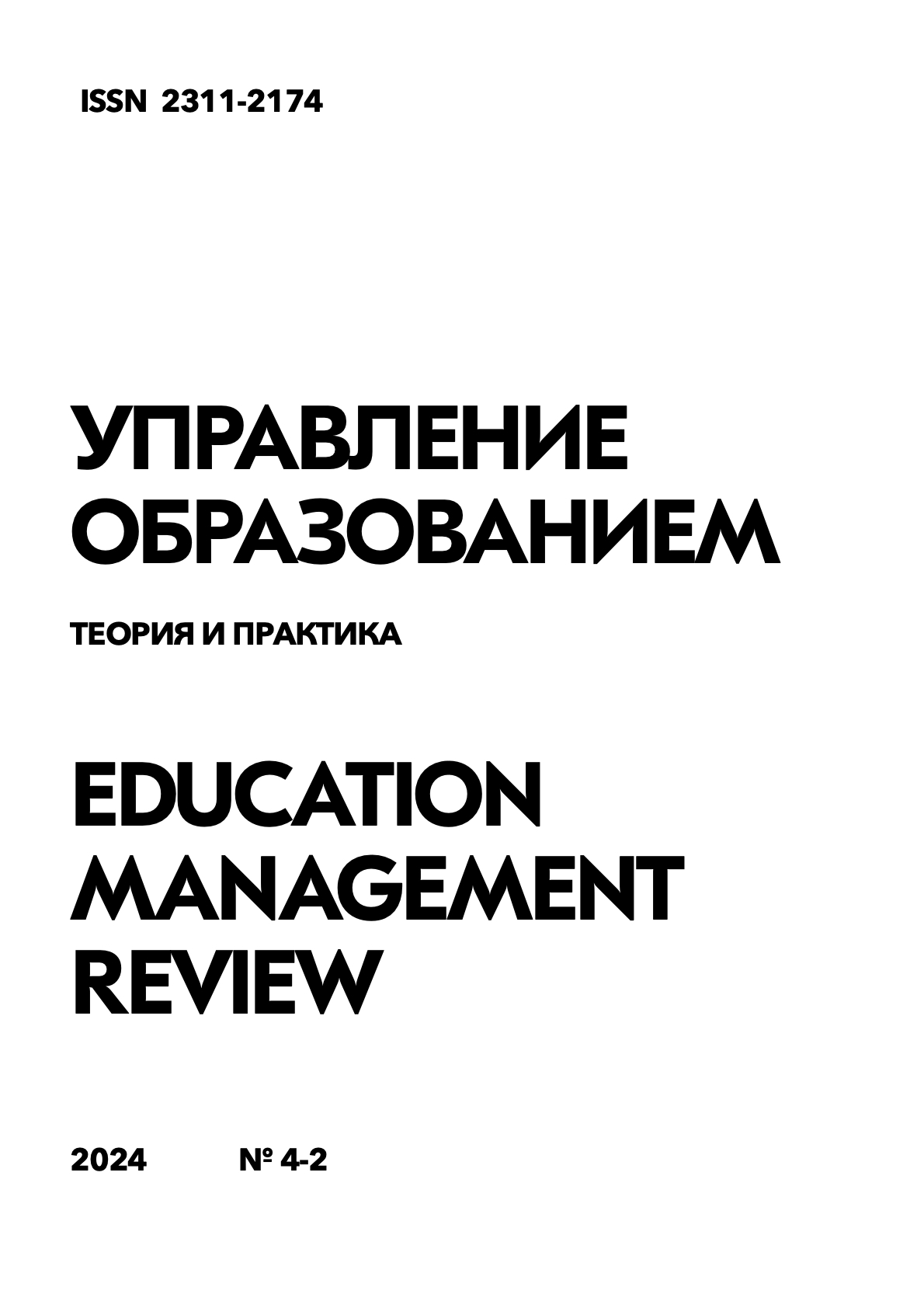Analysis of the effectiveness of the use of virtual and augmented reality in medical education
Keywords:
virtual reality, augmented reality, medical education, learning effectiveness, systematic review.Abstract
In the last decade, there has been a rapid development of virtual (VR) and augmented reality (AR) technologies, which are used in various fields, including medical education. The purpose of this study is to analyze the effectiveness of the use of BP and others in the training of future doctors. The paper provides a systematic review of the literature covering 85 scientific publications from 2010 to 2023 on the use of VR and others in medical education. The inclusion criteria were: 1) the use of VR and/or DR in teaching medical students; 2) the presence of a control group; 3) assessment of the effectiveness of training using objective methods. The results of the analysis showed that the use of VR and others contributes to improving the quality of medical education. In particular, in 78% of the studies (n=66), a statistically significant improvement in theoretical knowledge and practical skills was demonstrated in students who studied using BP and OTHERS, compared with the control group (p<0.05). The average increase in knowledge was 27.3% (95% CI: 22.1-32.5%). In addition, 92% of the papers (n=78) showed an increase in student engagement and motivation when using immersive technologies. However, despite the promising results, there are currently a number of limitations preventing the widespread introduction of VR and others into medical education, including the high cost of equipment (from 500 to 5000 USD per workplace) and insufficient evidence regarding long-term effects. In conclusion, it should be noted that BP and OTHERS have significant potential for improving medical education, but further research is needed to overcome existing barriers and optimize the use of these technologies in the educational process.
References
Вайндорф-Сысоева М.Е., Пчелякова В.В. Перспективы использования цифрового следа в образовательном и научном процессах // Вестник Мининского университета. 2021. № 3. Т. 9.
Климович Р.Р., Шкваркова Ю.О., Черова С.В. Внедрение технологии виртуальной реальности в образование // Скиф. Вопросы студенческой науки. 2019. № 8(36). С. 30-100.
Соснило А.И. Применение технологий виртуальной реальности (vr) в менеджменте и образовании // Управленческое консультирование. 2021. № 6(150). С. 158-163.
Толмачева С.В., Толмачева Л.А. Применение технологий виртуальной реальности в обучении: ценностный аспект (по результатам социологического исследования) // Известия вузов. Социология. Экономика. Политика. 2021. № 3. С. 123-138.
Barsom E.Z., Graafland M., Schijven M.P. Systematic review on the effectiveness of augmented reality applications in medical training // Surgical endoscopy. 2016. Vol. 30. № 10. рр. 4174-4183.
Bracq M.-S. Virtual reality training improves simulated laparoscopic surgery performance in laparoscopy naïve medical students // Journal of surgical education. 2019. Vol. 76. № 1. pp. 88-97.
Gunn T. The use of virtual reality simulation to improve technical skill in the undergraduate medical imaging student // Interactive learning environments. 2018. Vol. 26. № 5. pp. 613-620.
Kyaw B.M. Virtual reality for health professions education: Systematic review and meta-analysis by the digital health education collaboration // Journal of medical Internet research. 2019. Vol. 21. № 1.
Lee S.H. Augmented reality intravenous injection simulator based 3D medical imaging for veterinary medicine // The veterinary journal. 2015. Vol. 196. № 2. pp. 197-202.
Lorenz M. Virtual and augmented reality in medical education: A comparative study // Annual International conf. IEEE Engineering in Medicine and Biology Society. 2019. pp. 1314-1318.
Sheik-Ali S., Edgcombe H., Paton C. Next-generation virtual and augmented reality in surgical education: A narrative review // Surgical technology international. 2019. Vol. 35. pp. 27-35.
Smith R. The effectiveness of virtual reality for dental pain control: A case study // Cyberpsychology, Behavoir, and Social Networking. 2003. Vol. 6. № 5. pp. 527-535.
Tang K.-S. et al. Augmented reality in medical education: A systematic review // The canadian medical education. 2020. Vol. 11. № 1. pp. e81-e96.
Vozenilek J. See one, do one, teach one: Advanced technology in medical education // Academic emergency medicine. 2004. Vol. 11. № 11. pp. 1149-1154.
Zweifach S.M., Triola M.M. Extended reality in medical education: Driving adoption through provider-centered design // Digital Biomarkers. 2019. Vol. 3. № 1. pp. 14-21.
Downloads
Published
How to Cite
Issue
Section
License

This work is licensed under a Creative Commons Attribution-NonCommercial-NoDerivatives 4.0 International License.




